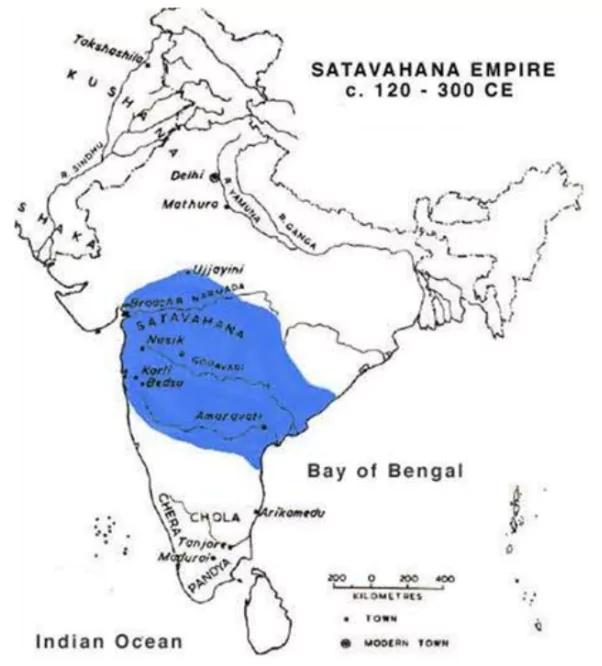![]() 3 May 2025
3 May 2025

The Archaeological Survey of India (ASI) has documented eleven Satvahana Era inscriptions during a recent survey in the Gundaram Reserve Forest in Telangana.
Asmaka Mahajanapada
|
|---|
 Territories: At their peak, they ruled a vast territory across Maharashtra, Telangana, Andhra Pradesh, and parts of Madhya Pradesh and Karnataka.
Territories: At their peak, they ruled a vast territory across Maharashtra, Telangana, Andhra Pradesh, and parts of Madhya Pradesh and Karnataka.
Chutu Dynasty
|
<div class="new-fform">
</div>
